Definitions
Nutritional Definitions
Under the Food and Drugs Act; The Canadian Food Inspection Agency (CFIA) and Health Canada work together to set government regulated food labelling policies in Canada1. The CFIA is responsible for setting policies to ensure Canadian food labels are not misleading1. Health Canada establishes health and safety standards for Canadian food labels1. This would include areas such as allergens, special dietary needs and nutritional content of foods.
Not all “claims” on food packaging are regulated by the CFIA or Health Canada. Other “claims” can come from various third party organizations or no organization at all.
These definitions are here to help educate and help you make food choices that are best for you. These definitions are not an extensive definition of each claim. Please refer to the corresponding web links for more information on each nutrition claim.
Gluten Free
Gluten is a protein found in wheat products, rye, barley, triticale and most oats. A gluten free diet is necessary for individuals living with Celiac disease as for these individuals exposure to gluten can result in adverse immune –mediated reactions and deterioration of the lining in the gut. A “gluten-free” claim means that none of the ingredients in the product contain or are manufactured in a site that manufactures other products that contain gluten. Health Canada considers a product eligible for a “gluten free” claim as long as the product contains less than 20 ppm (parts per million) of gluten protein per kilogram2. This level or less of gluten protein is not generally associated health risks to consumers living with celiac disease. All products containing a “gluten-free” claim must display the Gluten-Free Certification Program logo (GFCP):
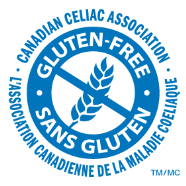
Non GMO
According to the Non-GMO project, a Genetically Modified Organism (GMO) is an animal, plant or organism that’s genetic material has been altered in a lab setting using genetic engineering3. The Non-GMO Project is the leading non-profit third party agency for North America that provides education on GMO and Non-GMO foods and food products to consumers4. According to the CFIA, a Non GMO claim on a food label is voluntary, meaning a food company may or may not choose to include this claim. The standard for Voluntary Labelling and Advertising of Foods That Are and Are Not Products of Genetic Engineering is set out by The Standards Council of Canada5. This national standard provides third party companies guidelines for the labelling of Non GMO products.
Non-GMO labelled foods typically carry the Non-GMO Project Verified logo or the Certified Organic logo. These parties are considered leaders in the industry in terms of Non-GMO claims as food companies that apply for a Non-GMO claim through one of these party’s must meet vigorous standards to carry their logos.
Logos to look for when seeking Non-GMO products:

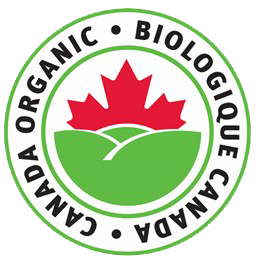
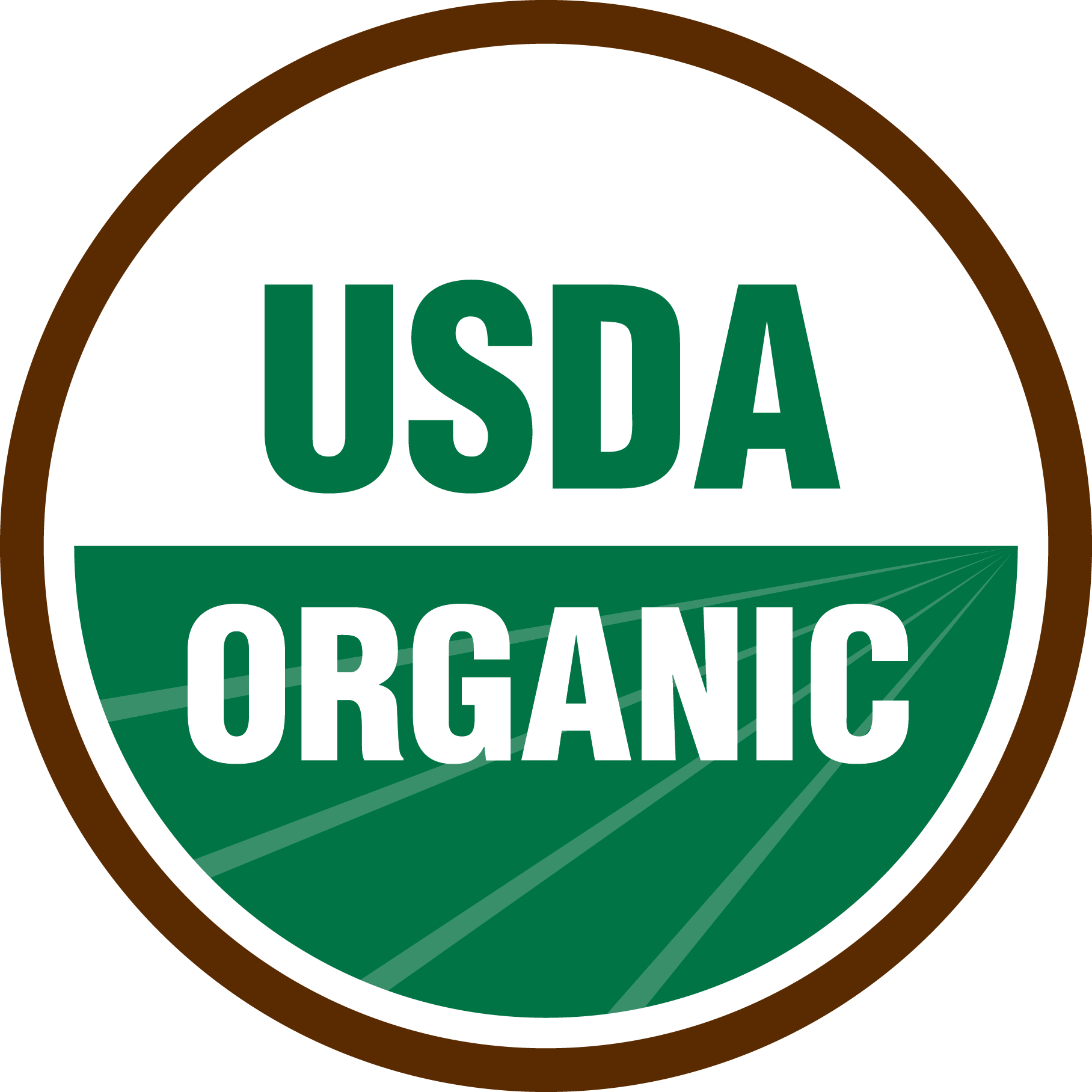
Organic
Organic claims are set out by the CFIA and all products claiming to be “organic” must meet rigorous guidelines. Products must contain at least 95% or more organic ingredients in order to use the claim “organic” or display the organic logo6. Other terms like “organically grown”, “organically produced”, “organically raised” or similar words, abbreviations or symbols are considered to be the same as and meet “organic” claims as defined above6.
The term “organic” must appear before each “organic” ingredient in the ingredients list.
For products that contain 70 - < 95% “organic” ingredients, they may use the claim “contains X % of organic ingredients” on the label or for advertising purposes. These products cannot bear the “organic” claim or may not display the organic logo6.
Organic labelling on bulk products:
Organic claims on bulk products must also include the name of the certification body. If the product is imported but using the Canada organic logo, “product of” must immediately precede the country of origin or “imported” must be close to the logo on the label6.
Permitted Organic Logos in Canada:

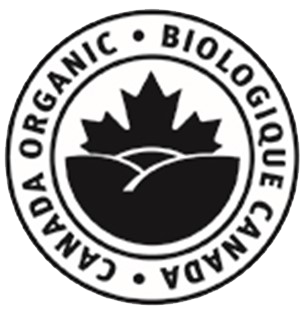

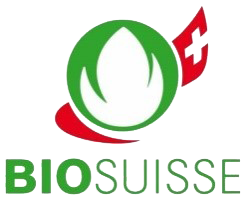
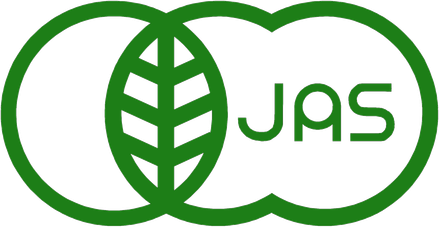
Vegan
Health Canada and the CFIA do not have strict policies on “vegan” claims for food labels. The CFIA recognizes that there are several definitions of the term “vegan” and “vegan” claims are not government regulated terms in regards to food labelling7. Vegecert, a well-recognized Canadian based vegan certification party defines “vegan” foods as “products that contain no animal or animal by-products whatsoever including dairy and eggs”8.
There are many well recognized worldwide third party organizations that certify foods as vegan. Look for some the following symbols to help you determine if a product is vegan. When seeking vegan products, always remember to read the ingredient list and or contact the manufacture to ensure the product you are choosing is vegan.
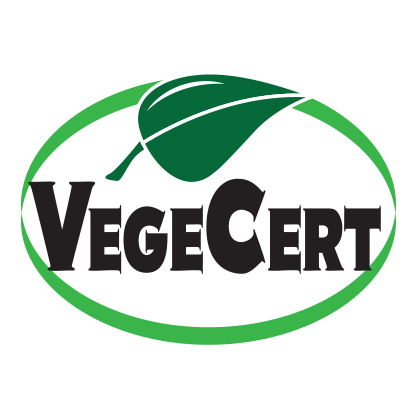
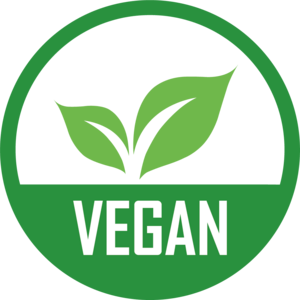
Keto
In recent years the term “keto” has gained popularity. This term comes from the word ketosis. Ketosis is a metabolic state in which the body produces ketone bodies from fat and uses those ketone bodies as its primary energy source9. Eating a very high fat diet can put an individual into a state of ketosis if followed correctly with medical supervision.
“Keto” or “keto friendly” foods have become a popular term used by food companies in the marketing of their products. No singular food or food product can guarantee to put an individual into ketosis as achieving a metabolic state of ketosis is highly individualized. There is no government regulation around the use of the claim “keto” or “keto friendly” foods on food labels. The term “keto” or “keto friendly” on food labels typically describes foods that are free of or very low in net carbohydrates (including sugars). There is no well accepted number or range of net carbohydrates a food should or should not have to use the term “keto” or “keto friendly”.
Following a strict keto diet requires medical supervision and monitoring of laboratory tests. Your primary health care provider can provide further education on a ketogenic diet, and if it is appropriate for you.
Local
The CIFA currently defines a “local” food claim as a food that is produced in the province or territory that it was sold in or if it is sold across provincial or territorial borders that it is sold within a 50 km radius of where it originated10. At this point in time a “local” claim on food packaging is voluntary.
Grass Fed
At Choices, our “grass-fed” meats are 100% grass-fed, grass finished. In Canada, there is no national standard for “grass-fed”. “Grass-fed” animals or animal by products, particularly beef or dairy cows, tend to contain higher amounts of omega 3 fatty acids and antioxidants when compared to conventional meats or meat by products11. “Grass-fed” meats tend to have different fatty acid profiles overall when compared to conventional meats but this can range depending on the breed and cut of meat.
Raised Without Antibiotics
In order to use the claim “raised without the use of antibiotics” on food packaging, the CFIA prohibits the use of all antibiotics in these animals from the beginning to end of life12.
References
- Labelling, standards of identity and grades - Canadian Food Inspection Agency
- Gluten-free claims - Allergen-free, gluten-free and cross contamination statements - Food label requirements - Canadian Food Inspection Agency
- What is a GMO? – The Non-GMO Project
- About – The Non-GMO Project
- Voluntary labelling and advertising of foods that are and are not products of genetic engineering - Publications - CGSB - PSPC (tpsgc-pwgsc.gc.ca)
- Permitted claims - Organic claims on food labels - Food label requirements - Canadian Food Inspection Agency
- Composition claims - Food composition and quality claims - Food label requirements - Canadian Food Inspection Agency
- Home - Vegecert
- Dietary Approaches - Ketogenic Diet Background (pennutrition.com)
- Local food claims interim policy - Canadian Food Inspection Agency
- Impact of grass/forage feeding versus grain finishing on beef nutrients and sensory quality: The U.S. experience - ScienceDirect
- Method of production claims on food labels - Food label requirements - Canadian Food Inspection Agency

